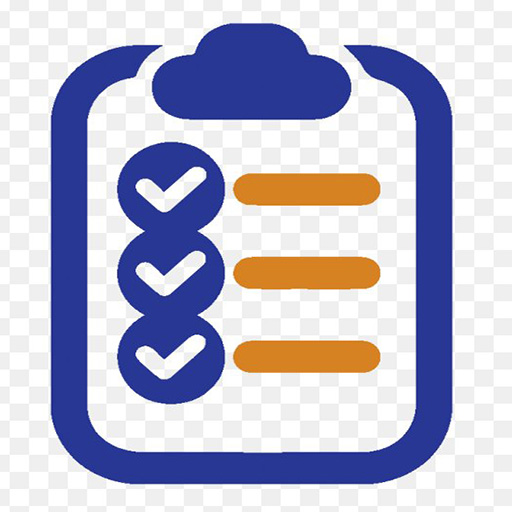The lexical-semantic properties of the symbol
Abstract
The article reveals the essence of the symbol, its features and its significance in public life are illustrated by examples, being one of the most important forms of figurative thinking, which are classified by thematic groups. The structure of traditional symbols is based on the creation of folklore and a system of symbolic images, which has been used in literature for centuries
References
Elizabeth Walter. Cambridge Advanced Learner's Dictionary//- Fourth edition. - G.B.: Cambridge University Press, 2013. -- 1856 p.
National encyclopedia of Uzbekistan// - T.: O'zME, 2000. T.VI. - 674 p.
Annotated dictionary of the Uzbek language. I-V. - T.: National Encyclopedia of Uzbekistan, 2006-2008. T.
I. 2006. - 680 b; T. II. 2006. -- 672 p.; T. III. 2007. -- 688 p.; T. IV. 2008. -- 608 p.; T.V. 2008. -- 592 p.
Harper Collins. Collins' Concise English Dictionary. - Seventh edition. - Glasgow: UK, 2008. -- 1953 p.
Khotamov N., Sarimsokov B. Russian-Uzbek interpretation of literary terms// - T.: Teacher, 1979. - 320 p.
Sharipova D. et al. Bilingualism As A Main Communication Factor For Integration Among Nations In Transoxiana. Modern Uzbekistan //International Journal on Integrated Education. – 2019. – Т. 2. – №. 2. – С. 15-23.
Sharipova D., Ibatova N. THE TRANSLATION OF PHRASEOLOGICAL UNITS INTO UZBEK //Theoretical & Applied Science. – 2019. – №. 10. – С. 649-651.
Shavkatovna S. D., Istamovna I. N., Komiljonovna X. M. Symbols and Images in Uzbek stories //Proceeding of The ICECRS. – 2020. – Т. 5.
Sharipova D., Muhammadiyeva N., Mohigul Q. The Translation of Grammatical Discrepancies //International Journal of Psychosocial Rehabilitation. – 2020. – Т. 24. – №. 1.
Sharipova D.Sh., Mavlonova U.K., Ibatova N.I. BEHAVIORAL LANGUAGE ETIQUETTE IN UZBEK PROVERBS AND SAYINGS// Vestnik nauki i obrazovaniya 11-3 (89), 2020.

In submitting the manuscript to the International Journal on Integrated Education (IJIE), the authors certify that:
- They are authorized by their co-authors to enter into these arrangements.
- The work described has not been formally published before, except in the form of an abstract or as part of a published lecture, review, thesis, or overlay journal.
- That it is not under consideration for publication elsewhere,
- The publication has been approved by the author(s) and by responsible authorities – tacitly or explicitly – of the institutes where the work has been carried out.
- They secure the right to reproduce any material that has already been published or copyrighted elsewhere.
- They agree to the following license and copyright agreement.
License and Copyright Agreement
Authors who publish with International Journal on Integrated Education (IJIE) agree to the following terms:
Authors retain copyright and grant the International Journal on Integrated Education (IJIE) right of first publication with the work simultaneously licensed under Creative Commons Attribution License (CC BY 4.0) that allows others to share the work with an acknowledgment of the work's authorship and initial publication in this journal.





1.png)
